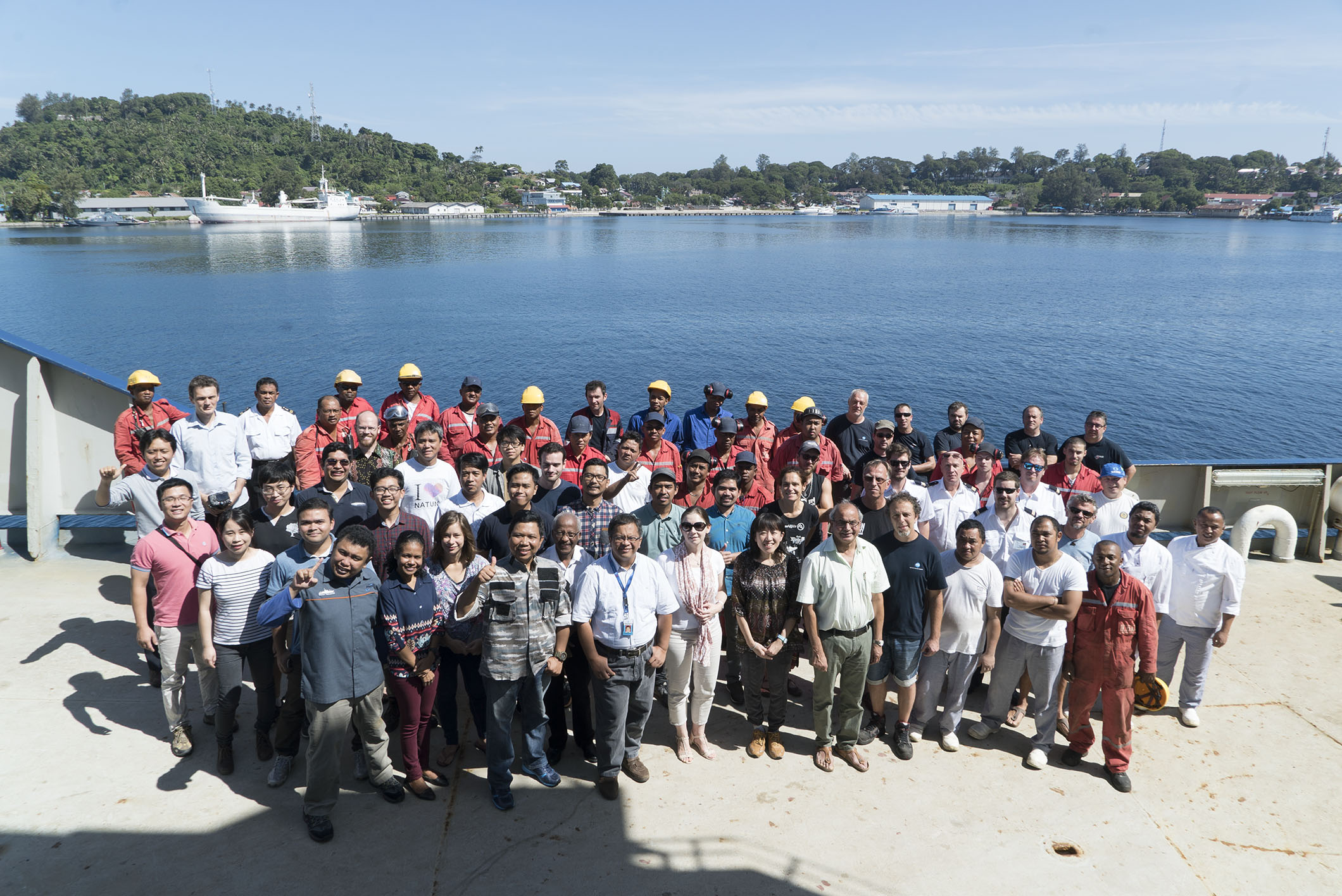
The air-guns stopped shooting at 5:00am. Years of preparation, countless financial resources, hours of effort, and bright minds from twelve different countries went into making the MIRAGE II expedition a reality. On Friday, the 20th of October, congratulations were in order for a job well done.
As the seismic team retrieved the streamer and air-guns for the last time, everyone on board began to pack their belongings, data, and experiences, and bid the R/V Marion Dufresne farewell.
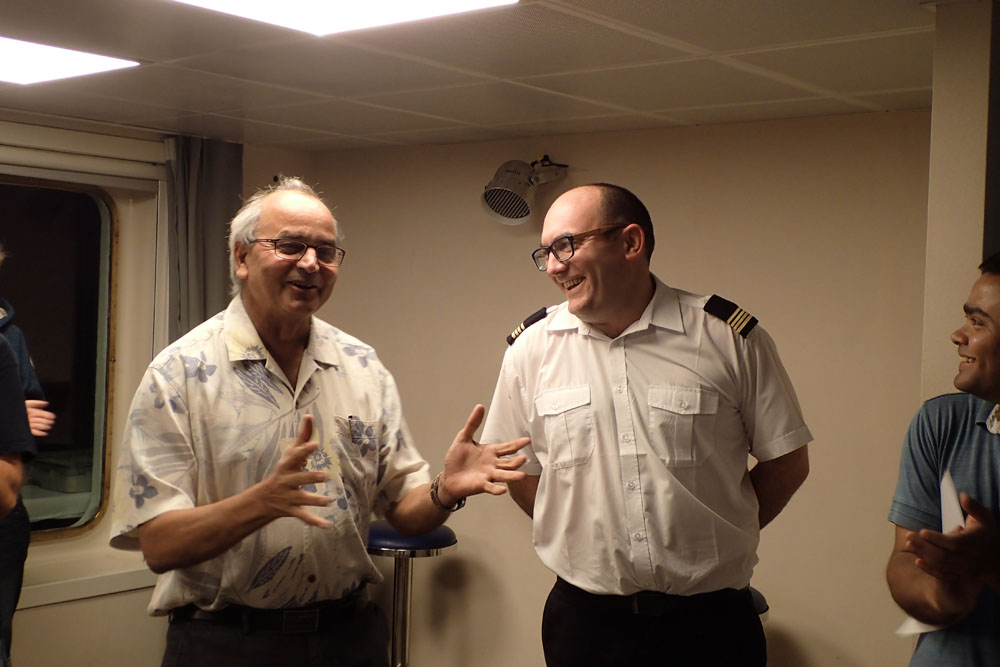
Philatelic
A huge box of envelopes had been resting in the Captain’s office for the duration of the expedition. These envelopes are part of a tradition that started in 1896, when a resident of the Kerguelen Islands, a group of islands in the South of the Indian Ocean, suggested that postal-stamps specific to the French Austral Islands should be created.
The R/V Marion Dufresne is one of the few vessels that will send mail from the sea. This has created a loyal following of avid philatelic collectors.
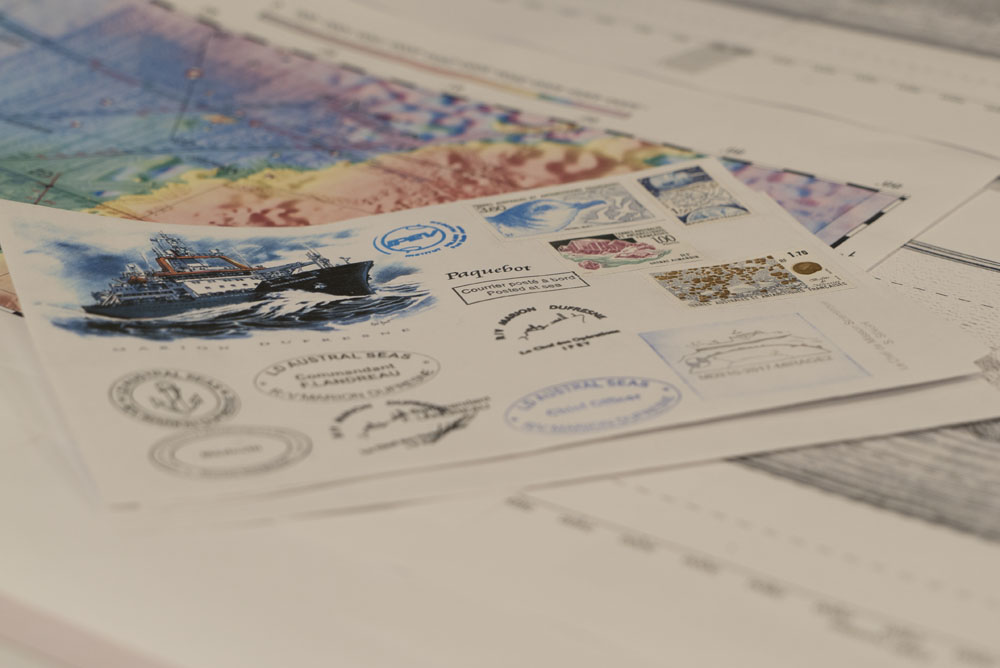
In the Science Control Room, seismic reflection maps, hard drives, bathymetric print-outs, cables and notebooks were cleared away to make room for stamps and envelopes. Everybody played a part in the Stamping Ceremony, where every single envelope was engraved with ten different stamps, representing the ship, the Mirage II expedition, the organisations involved, and the officers on board.
The envelopes will be sent once the vessel arrives in the French Austral Islands in the French Polynesia.
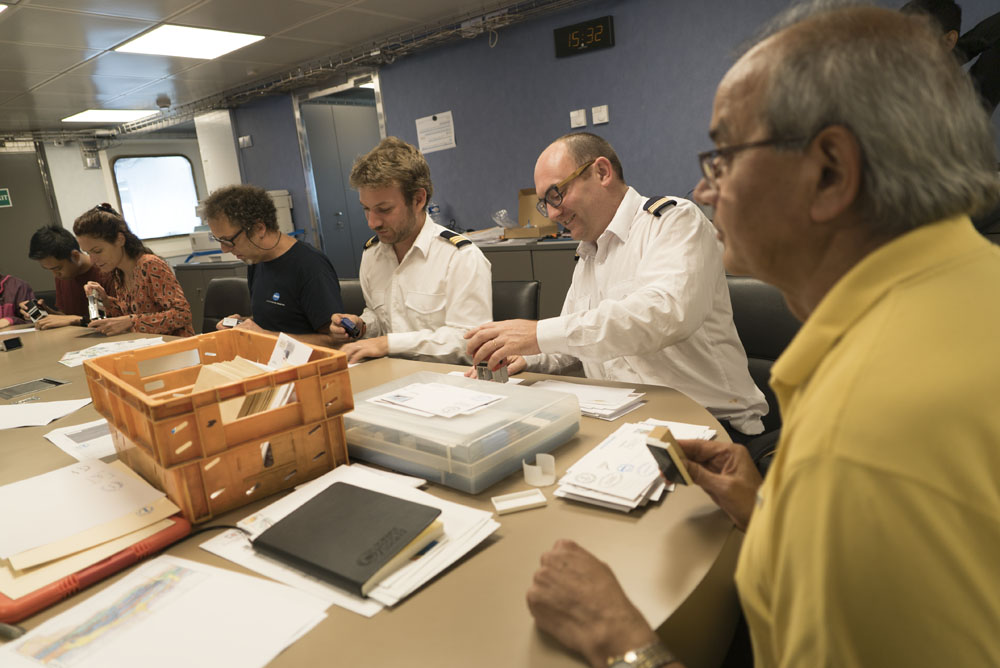
Highlights
It was time to bring the Floating Summer School to an end as well. Final presentations were conducted, and preliminary results from the expedition shone bright.
The scientists on MIRAGE II acquired more data than they could have hoped for, covering an area of roughly 6,000 square kilometres. Chief Scientist Dr Satish Singh said “We covered every possible target area we could think of. We acquired high resolution seismic profiles from East to West, of oblique faults and subduction zones, and of Ninety East Ridge."
We also collected data from areas that were previously cored. We will be able to link this expedition's data set to the data set acquired by coring,” shared Dr Singh.
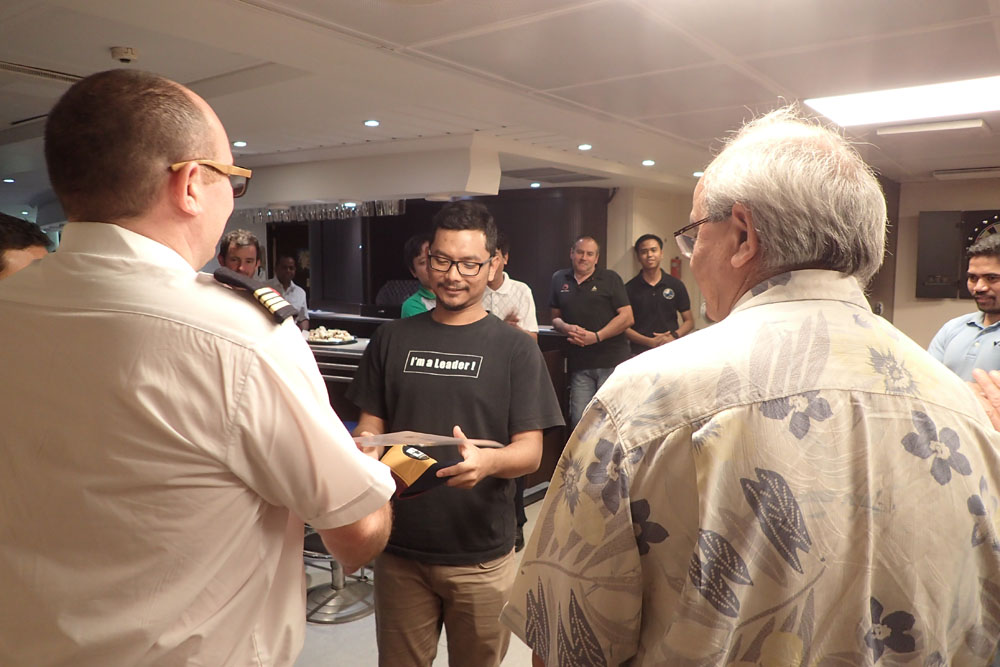
The bathymetric surveying also benefited from the vessel sailing slowly in order to optimise the work of the air-guns. During MIRAGE I, Marion Dufresne sailed at an average speed of eight knots, as compared to four knots during MIRAGE II. The slower speed enabled the echosounder to provide images with much better resolution.
One major takeaway from the MIRAGE II expedition was the discovery of many basins along faults in the Wharton Basin. The scientific team was surprised by this finding, and Dr Singh said he expects the data to keep the team engaged for years to come.
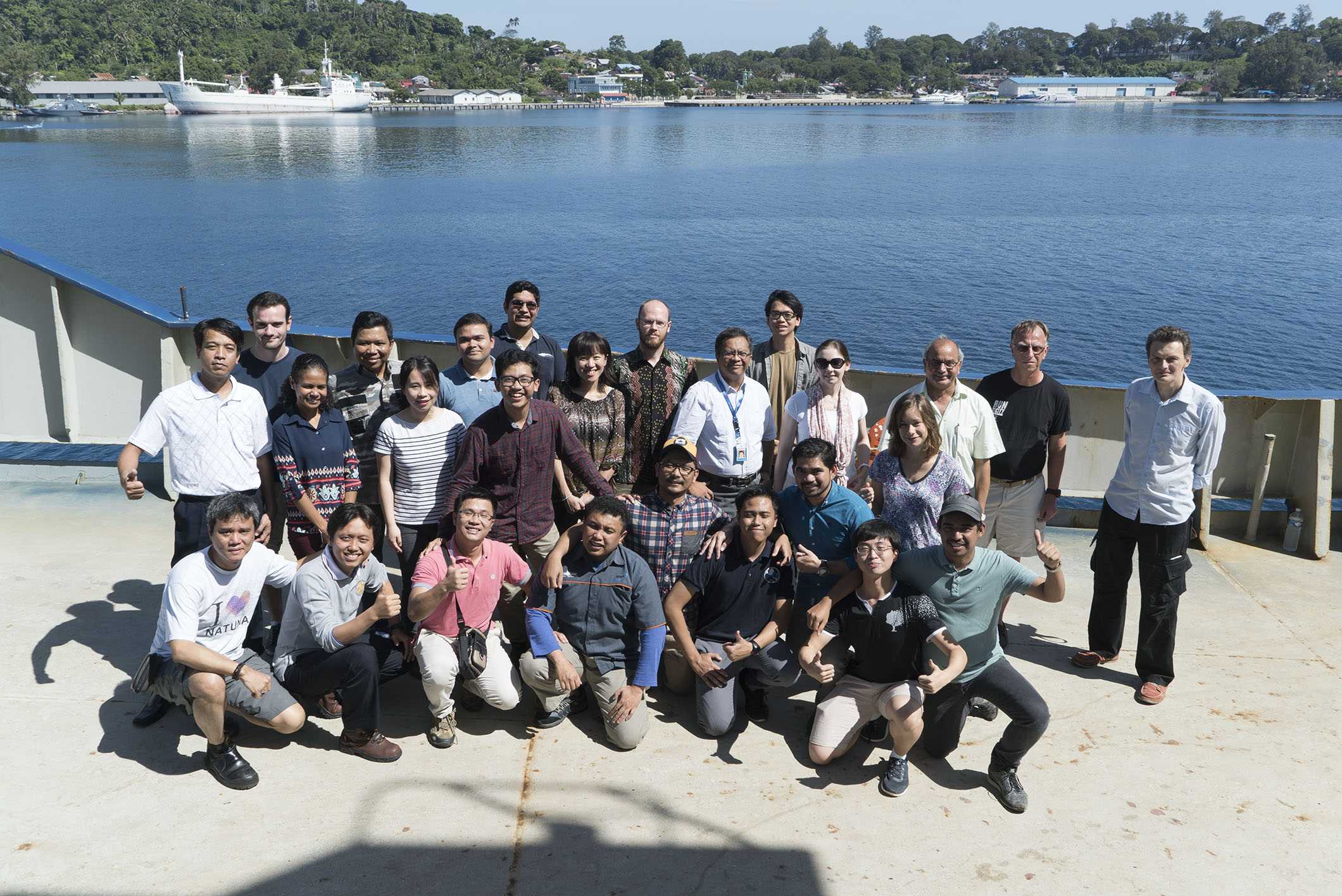
“We need to understand the links between the faults and the development of basins in the middle of the ocean,” explained Dr Singh. “If we detect that this is the birth of a new plate boundary, this research could become the base for all future studies about plate boundary creation, and intraplate deformation."
Our data will serve as a reference study for future deep and shallow seismic surveys. It could be the center of research on the Indian Ocean for a long time to come" said Dr Singh.
Goodbye
Crew members, scientists, students and all of those on board bid each other a fond farewell with a final cocktail and barbeque celebration. The Floating Summer School participants were awarded completion diplomas, as the vessel approached the port of Sabang, where it anchored in the early hours of the 21st of October.
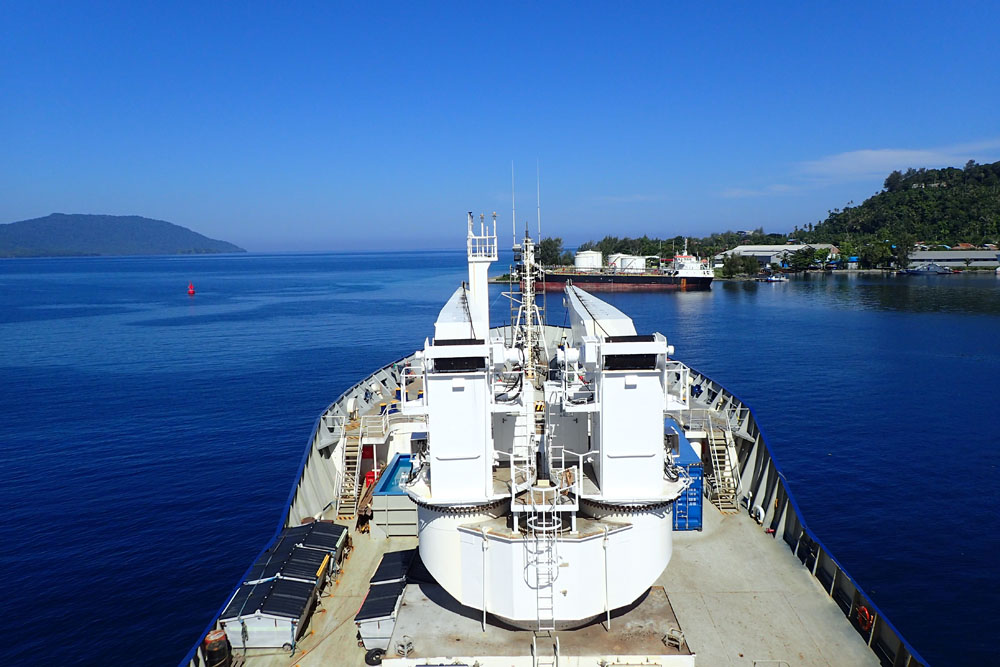
The deep-sea portion of MIRAGE II has come to an end, but the research process is long from over. “We have collected a lot of information, and people will be working on this data for many years to come," explained Dr Kyle Bradley, from the Earth Observatory of Singapore.
"As we work with the data, we are hoping to discover even more things that we were not able to see while we were on the ship, but that we recorded with our instruments,” he said.
Geophysicist Dr Nugroho Hananto said "MIRAGE II has been a very important expedition. Firstly, the data we collected is important for science in terms of understanding earthquake and tsunami generation. Secondly, it is important for mitigation efforts in our area, Indonesia, and the larger Indian Ocean.”